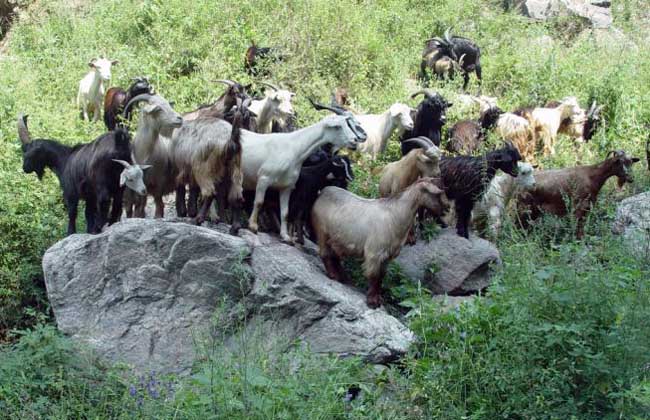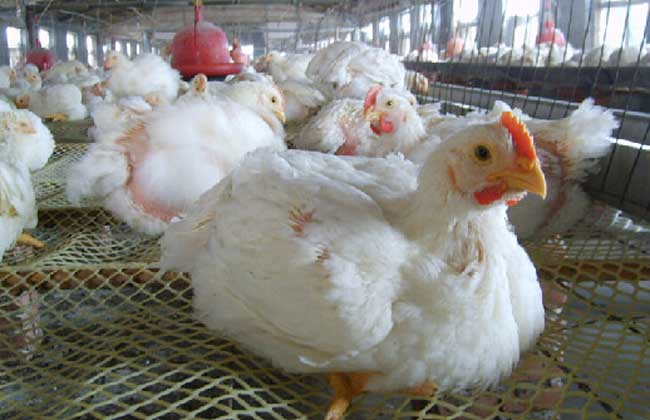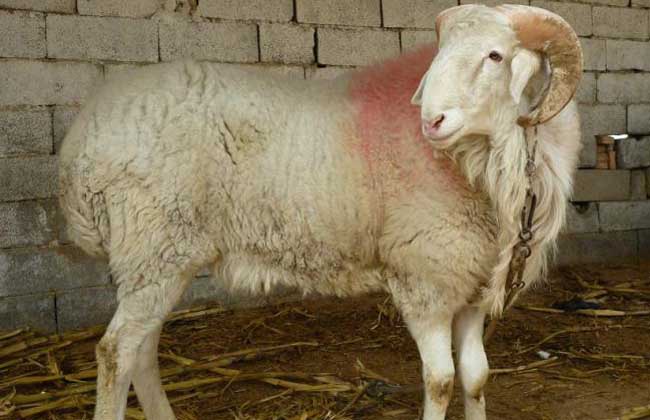Market price of black goat

Black goat has long enjoyed a high reputation in southern China and Southeast Asia, mainly distributed in areas below 2500 meters above sea level. Its unique feature lies in its black hair, rapid growth and development, thick and full skin, soft and small fur, high lean meat rate, fresh and tender meat, less delicious flavor, and high breeding prospects. Let's take a look at the market price of black goats.
Market price of black goat
Usually, the price of cattle and sheep changes with the market situation, and the price of black goat is the same. generally speaking, the south likes black goat, and the price is relatively higher than that of the north, about 15-20 yuan per jin, and a sheep is about 7-1200 yuan. The better one is about 1400-1800 yuan.
Breeding advantages of Black Goat
1. High reproductive performance: ewes generally give birth to 1.7 babies a year, and the first birth is 193%. The newborn and bimonthly male lambs are 2.35 kg and the female lambs are 2.22 kg.
2. Rapid growth and development: 6-month-old body weight and height, 25.5 kg and 58.2 cm for ram, 23.8 kg and 55.1 cm for ewe. At the age of 12 months, the body weight and height of rams were 37.2 kg and 65.8 cm, and that of ewes were 34.9 kg and 60.7 cm. Adult weight and height, ram 74.6 kg and 76.7 cm, maximum weight 125 kg, ewe 56.2 kg and 68.5 cm, maximum weight 80.5 kg.
Gain measures of Black Goat
1. Hybrid improvement: the first generation is produced by crossing Boer goat with black goat, and then the first generation of female parent is crossed with Boer goat. The 4-month-old body weight of hybrid sheep can reach 250.30 kg, which is equivalent to the adult weight of local sheep. Under grazing conditions, the meat yield of 10-month-old sheep is 12.5 kg, which is twice as much as that of local sheep of the same age.
2. Pay attention to deworming: deworming in spring and autumn is changed to once every two months, albendazole and avermectin are used alternately, and diformamidine is sprayed externally. At the same time, the sheepfold is cleaned every day, and the enclosure and facilities are sanitized regularly with bleach and parasite, so as to prevent the occurrence of parasites and other diseases.
3. Mating in the wrong season: in order to make the Mid-Autumn Festival and Spring Festival appear on the market to achieve good benefits, sheep are propagated in the wrong season. The ewes that gave birth to winter lambs were mated from July to September, gave birth to lambs from December to February of the following year, and were weaned from April to June. The lambs were weaned when the forage grass returned to green and grew. A better daily gain could be obtained by grazing, and when the body weight reached 40 kg from August to October, the sheep could be out of the pen. The ewes that gave birth to spring lambs were mated from October to November, gave birth to lambs from March to May of the following year, and were weaned from July to August. After weaning, grazing and supplementary feeding made the body weight of the lambs reach 40 kg from November to December.
4. Ewe seminiferous duct: after ewe is pregnant, feed more tender forage grass, carrots and other green juice feed, but also pay attention to the addition of trace elements, vitamins and salt supply, and appropriately increase the amount of wheat bran in the concentrate to facilitate intestinal laxation. 2-3 days before delivery, properly fed with protein-rich lactation feed such as peanut cake and soybean milk, as well as green and juicy laxative feed to prevent ewes from postpartum milk deficiency. After giving birth, while supplying concentrate, increase the amount of root tuber, succulent feed, vitamins, calcium and phosphorus, increase the specific gravity of milk and promote the development of lambs. If ewe milk is scarce, 250 grams of kelp and 100 grams of lard can be taken and boiled in a pot to make ewes produce more milk after drinking for 6 hours at a time. After that, the remarkable lactation effect can be obtained by feeding once every 3 days, continuously for 3 times, and supplying sufficient green succulent feed.
5. Strengthen supplementary feeding: when sheep herding comes back every day, grass meal and mixed concentrate (corn meal 60%, soybean cake 28%, wheat bran 10%, salt 2%, multi-dimensional and trace elements) are fed at 8 pm. 8% peanut bran and vitamins and minerals were added to the concentrate during the withering period. The lambs were trained to feed on tender grass at the age of 10 days, and were fed with mixed concentrate such as fried cornmeal at the age of 15 days. The daily feeding amount of each lamb was 50 to 200 grams, so as to ensure that the lambs grew strong and fast after weaning at 3 months old.
6. Magnetized water: 2 pieces of strong nano-863 are used to treat water, forage and concentrate every day to improve the feed utilization rate and enhance the physique of sheep.
Related
- A course of planting techniques and methods on how to grow carrots
- How to plant the latest tulips?
- Is it better to pick tea in the morning or in the afternoon? When is the best time for tea to be picked? what is the third or fifth tea?
- Launch Yuanxiao Happy combination Haocha + Tea Yuan healthy Taste
- Penghu Tourism "Fireworks 20 Parade with You"
- 2022 West Lake Happiness holds "Digital Revitalization Voucher" and draws iphone13 and laptop.
- Banqiao Fuzhou social houses are designed to change start-up combined with police elimination to create a safe and livable environment
- The convenient measure of "mechanical weeding" in Xinbei has been abused and the Agriculture Bureau has imposed heavy penalties on the illegal land consolidation.
- Changgeng University Joins Hands with Four Memory Factories to Rescue Memory Talent Shortage
- The list of Taiwan's top 100 MVP managers is listed by the Director-General of the Farmers' Association of Sanxia District.



